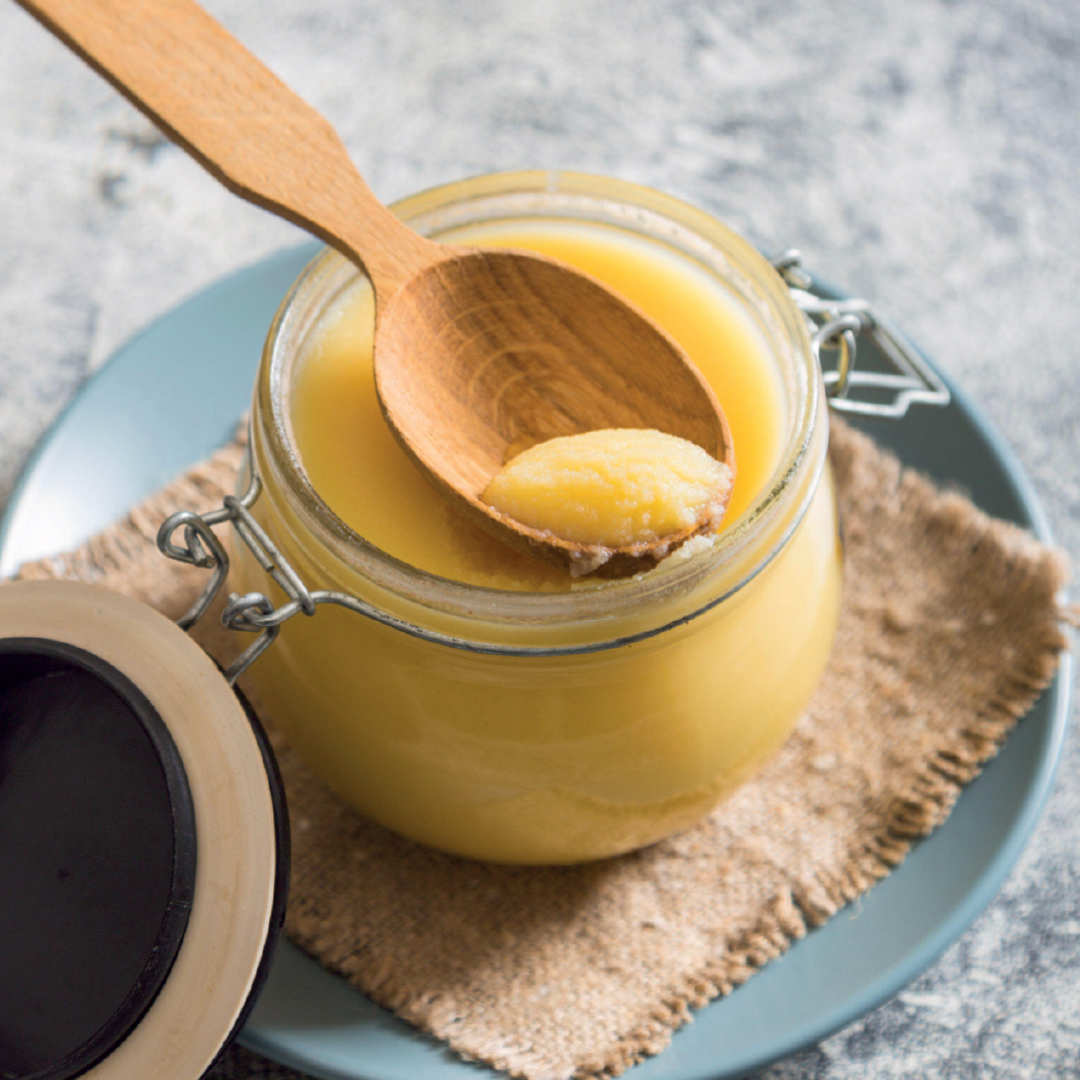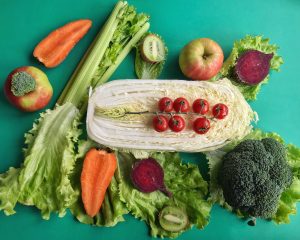Put on your apron and roll up your sleeves – class is in session! These are our top need-to-know kitchen tricks for the month.
1. How to make ghee
Ghee is made by removing the milk solids from butter that catch and burn during cooking, giving it the delicious flavour of butter with the high heating point of oil. Ghee is often made by gently melting butter and skimming the milk solids off the surface using a spoon. This method can be tedious and often results in a fair amount of waste, so we thought we’d share our favourite way to clarify butter.
- Place a block of butter into a large pan or pot over medium-low heat.
- Gently melt the butter and continue to cook, swirling occasionally. Do not let the butter boil or sputter furiously as this will mix all the milk solids into the butter, making it trickier to clarify. The butter will go through a few stages: You’ll see white foam start to rise to the surface, which will then break apart, bubble and eventually sink to the bottom.
- When you see brown specks forming at the bottom of your pot (these are the milk solids toasting), remove the butter from the heat. Carefully pour the butter through a sieve lined with a few pieces of paper towel. Discard the toasted milk solids, or add them to brownie batter, pasta sauce or salad dressing, or toss through a batch of popcorn.
- Allow the ghee to cool. Store in labelled glass jars in the fridge.
2. How to wash your cast-iron pan properly
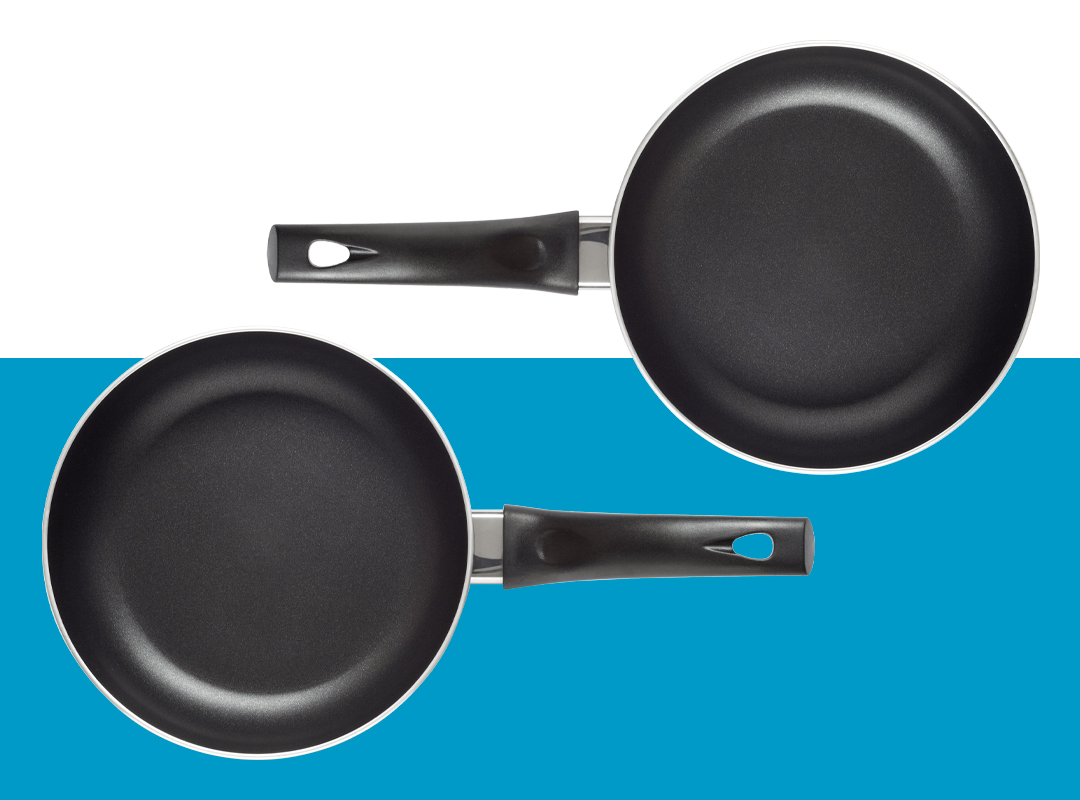
WASH: Unless you’re giving your newly bought or thrifted skillet a clean, never use soap when washing your skillet. Wash your pan right away with warm water, and use a scrubbing brush to remove any stubborn bits.
DRY: Use a paper towel or a kitchen cloth to thoroughly dry your pan. Don’t store it with any residual moisture on it as this can encourage rust to form.
SEASON: Cast iron ‘seasoning’ is a process that occurs when layers of oil build up in a cast-iron pan, giving it non-stick and rust-resistant properties. Every time you wash your skillet, rub a light layer of oil all over the cooking surface – about 1 tsp should be enough for most pans. This is why pans shouldn’t be washed with soap, as this will strip off the protective layers of seasoning that you worked hard to create.
3. 3-2-1 Butter cookies
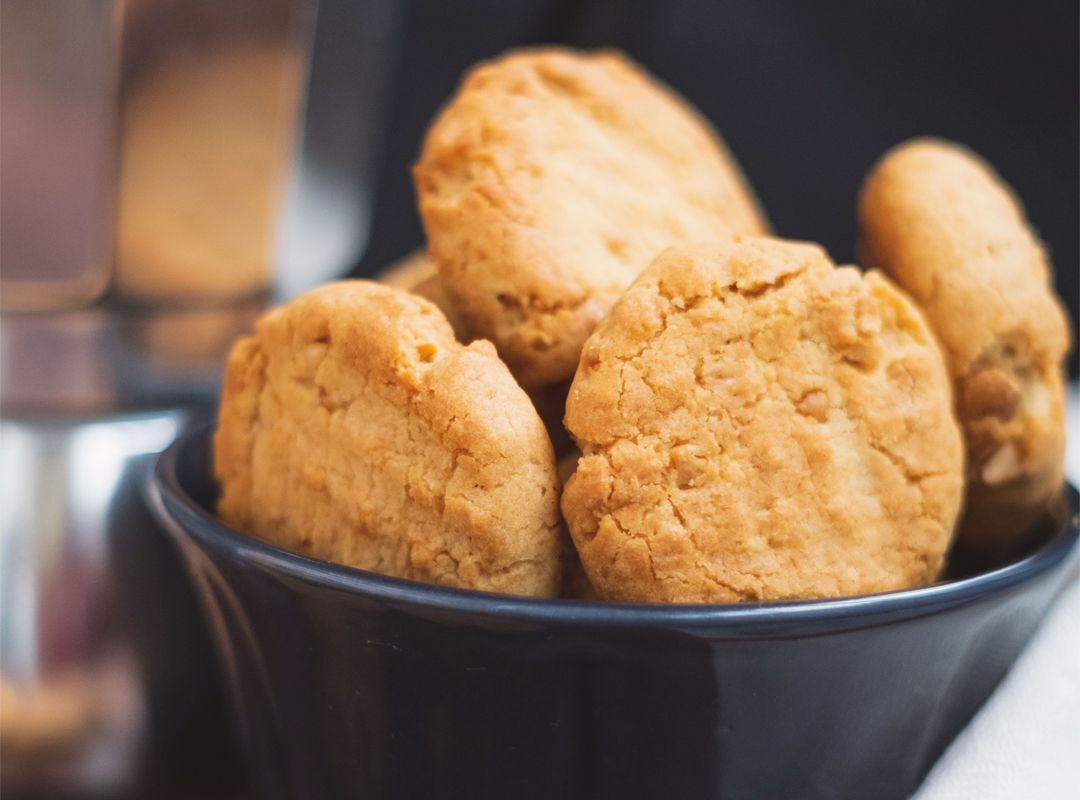
Next time you’re craving some cookies, you can whip up a batch without a recipe simply by remembering 3-2-1. Basic butter cookie dough can be made using just three ingredients with a ratio of 3 parts flour to 2 parts butter (or margarine) and 1 part sugar by weight – 300 g flour, 200 g butter and 100 g sugar, for example.
SUGAR: Different sugars will give your cookies a slightly different texture. Granulated sugar, for example, will create a crispier cookie, while icing sugar will create a shortbread.
ADDITIONS: 3-2-1 cookie dough is a fantastic base for all sorts of flavours and add-ins. Mix in vanilla essence, ground cinnamon, finely grated orange zest, chopped nuts or chocolate chips. You can even replace 2 tbsp of the flour with cocoa powder for chocolate cookies.
BAKING: Roll out the cookie dough on a lightly floured work surface. Cut out your cookies and chill in the fridge until firm to prevent spreading. Bake the cookies at 180°C for 8–10 minutes or until the edges start going golden. Once cooled, the cookies can be iced or dipped in chocolate.
4. The stages of whipped cream
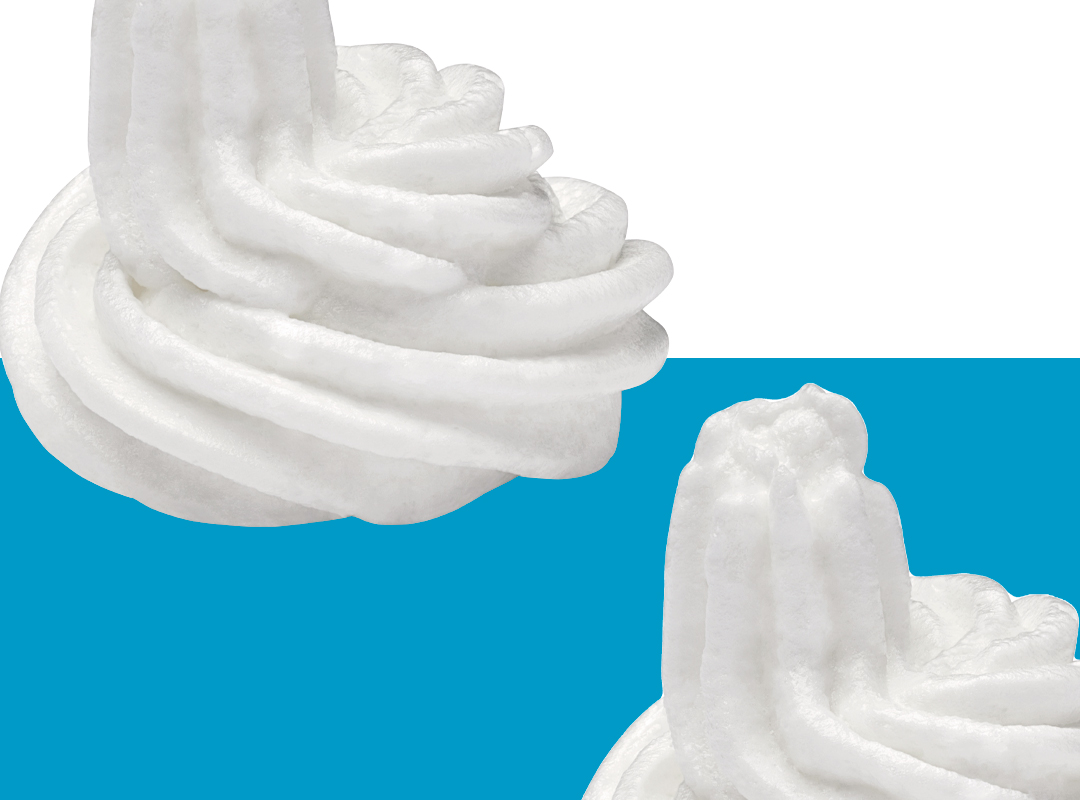
When whipping cream, recipes sometimes say to `whip to soft-peak stage’ or `beat until stiff peaks form’ … what does this mean?
SOFT: As you are whipping the cream, you will start to see trails in the cream from the beater that don’t immediately fall away. When the whisk is lifted out of the bowl, the cream will form peaks that fold over and eventually sink away, and the cream will fall off the whisk after a few seconds with a soft plop. Soft peak stage is great for making chocolate mousse or cream-based desserts, such as Peppermint Crisp puddings, because it allows for room to mix your pudding without overworking the cream.
STIFF: You’ll notice defined trails forming that hold their shape and, when the whisk is lifted out of the bowl, the cream stands upright in stiff, straight peaks. If the cream is whipped for any longer, it will start to split. Stiff peaks are a perfect stage for serving cream alongside your favourite puddings.
OVERWHIPPED: If the cream becomes grainy but is only slightly overwhipped, fold through a few tablespoons of cold non-whipped cream with a spatula to bring it back. If the cream is too far gone, then you may as well carry on whipping and make some homemade butter.
TOP TIP: To get the most volume in your cream, make sure that your bowl, whisk and cream are chilled.
5. How to get perfectly round cookies
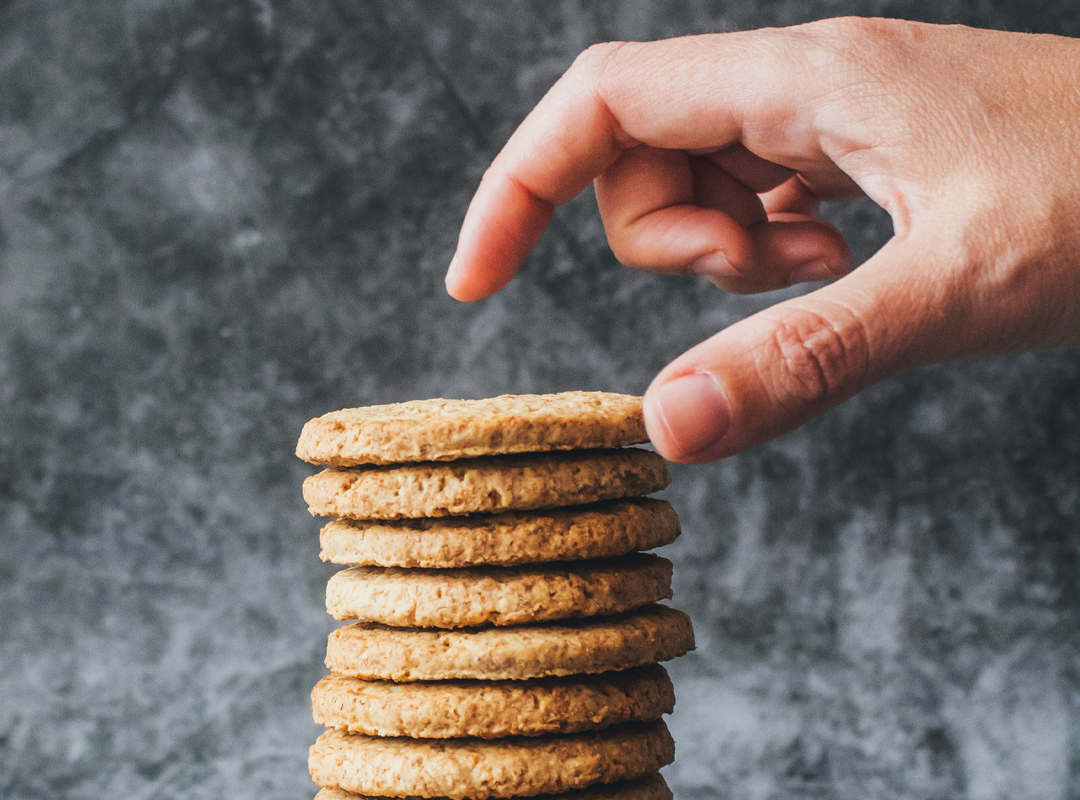
Have you ever baked a batch of cookies with copious amounts of love and care, only to find they come out of the oven all wonky? We have a trick up our sleeve that will make sure you get perfectly round cookies every time – and all you’ll need is a round cutter larger than your cookies. As soon as your cookies come out of the oven, place the cutter around one of the cookies and swiftly (but gently) swirl it in a circle a few times. Repeat with all your cookies. You’re not using the cookie cutter to cut off any of the edges, but rather to mould the cookies while they’re still warm and flexible.
Words by Kirsty Buchanan
Photography: Alamy, Gallo/Getty Images, Pexels, Unsplash

